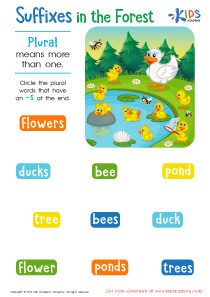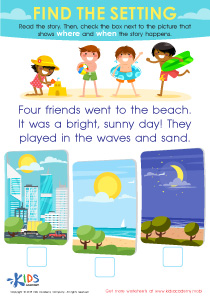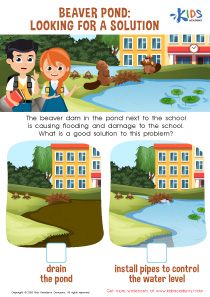Easy Alphabet worksheets activities for Ages 4-5
5 filtered results
-
From - To
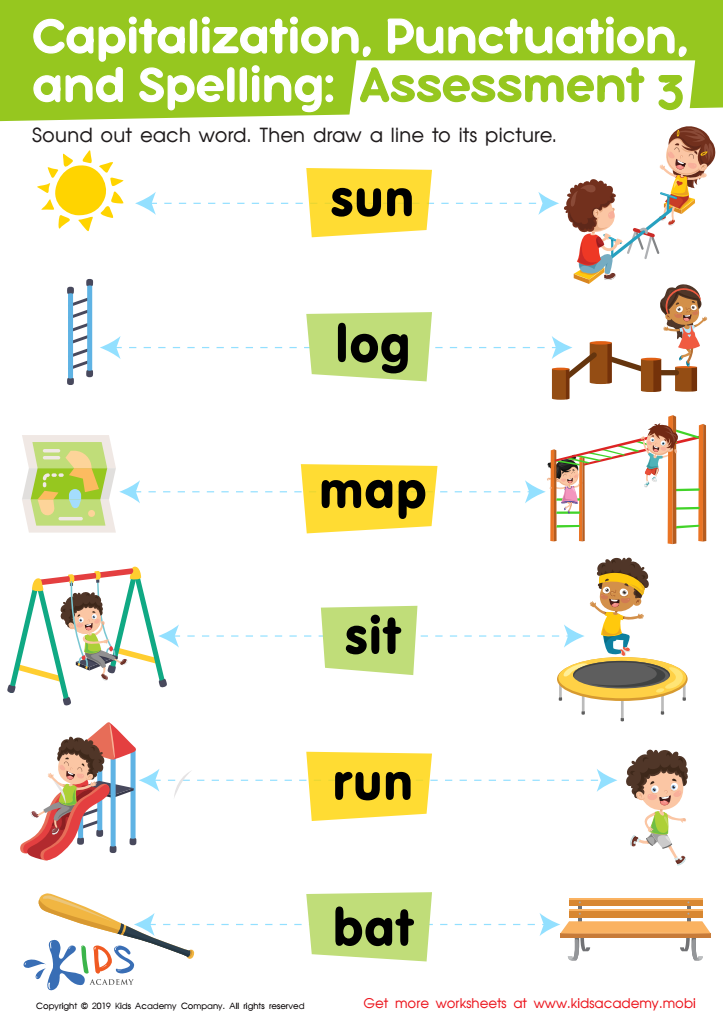

Capitalization. Punctuation. Spelling. Assessment 3 Worksheet


Phonological Awareness: Assessment 5 Worksheet
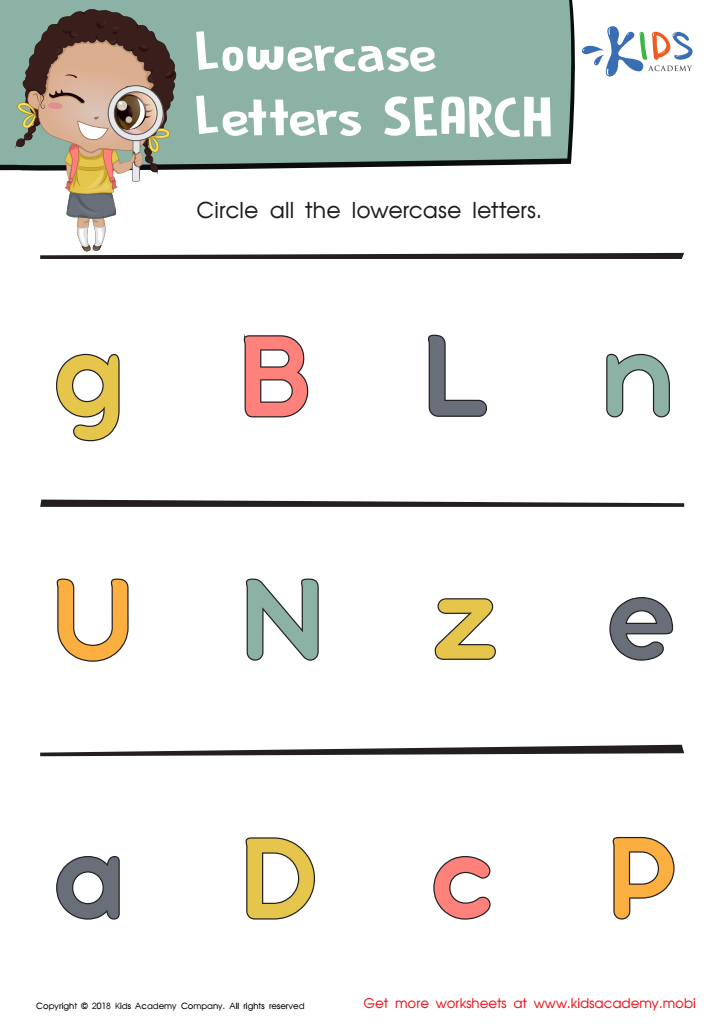

Lowercase Letters Search: Assessment Worksheet
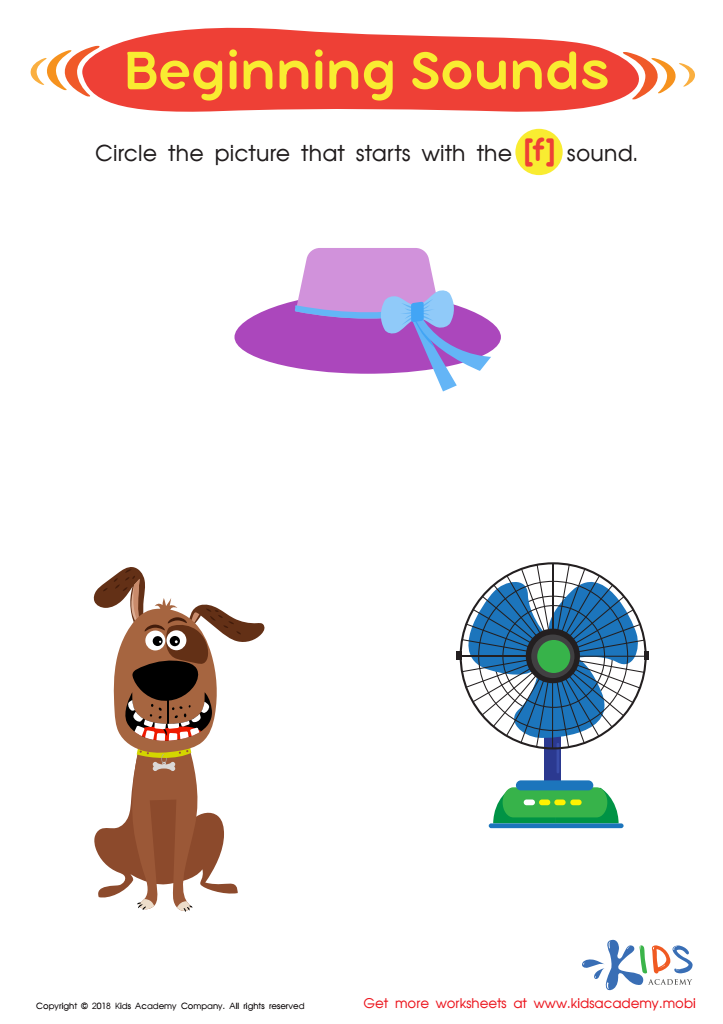

Beginning Sounds Assessment Printable
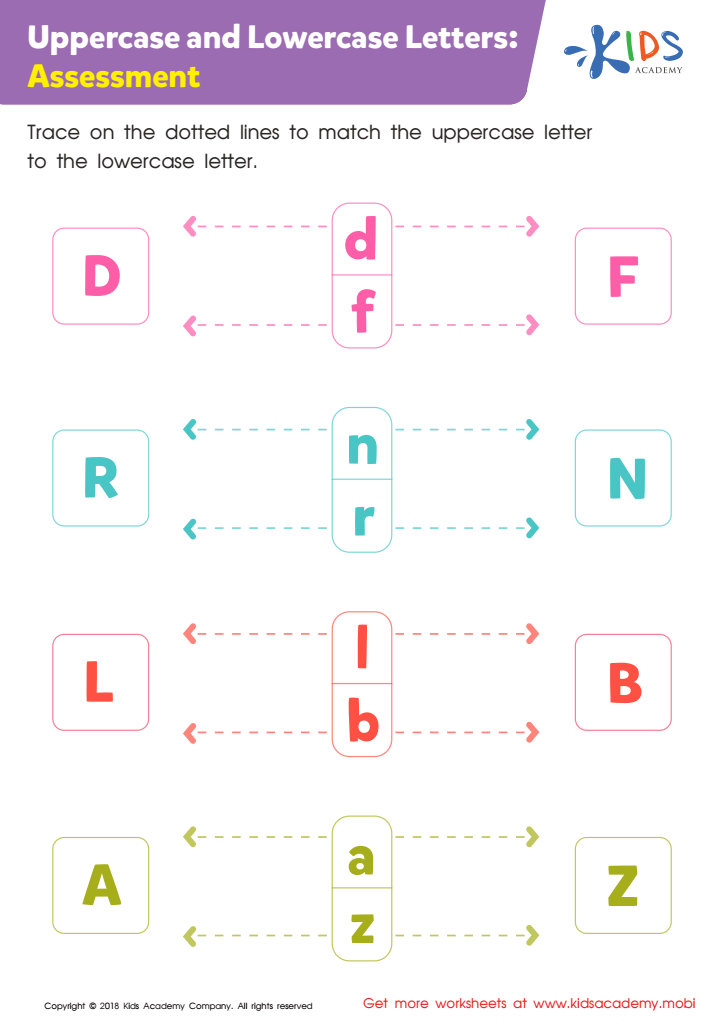

Uppercase and Lowercase Letters: Assessment Worksheet
Easy Alphabet worksheets activities stand as a cornerstone in the foundational stage of learning for young children, serving a pivotal role in their educational journey. These activities, tailored to introduce and reinforce the alphabet in an engaging manner, are instrumental in cultivating literacy skills from an early age. Their utility spans several aspects of learning and development, making them an indispensable tool in early childhood education.
To begin with, Easy Alphabet worksheets activities are designed to capture the interest of young learners through fun and interactive exercises. This not only makes the learning process enjoyable but also increases the retention of letters and sounds. By associating the act of learning with positive experiences, children are more likely to develop a love for reading and writing, which are critical skills for their academic success.
Furthermore, these activities are structured to cater to various learning styles. Whether a child learns best through visual, auditory, or kinesthetic means, Easy Alphabet worksheets provide diverse methods to explore and understand the alphabet. From tracing letters to identifying them in different words, these worksheets offer a comprehensive approach that enhances letter recognition, phonemic awareness, and vocabulary development.
Another significant advantage of Easy Alphabet worksheets activities is their adaptability. They can be easily integrated into daily routines, allowing parents and educators to reinforce learning outside the traditional classroom setting. This consistent exposure helps solidify the fundamentals of the alphabet, ensuring that children are well-prepared for more advanced literacy skills.
Moreover, these activities contribute to the development of fine motor skills. As children engage in writing exercises, they practice holding pencils and tracing letters, which are essential skills for writing.
In conclusion, Easy Alphabet worksheets activities are a valuable resource in early childhood education. Their ability to make learning engaging, accommodate different learning styles, and support the development of essential literacy and motor skills underscores their utility in fostering a solid educational foundation for young learners.

 Assign to My Students
Assign to My Students









